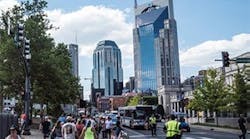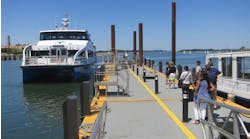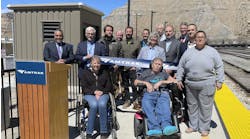Anyone paying attention can see transit projects across the country are a bright spot in mid to large city redevelopments. New and extended routes are leading to billions of dollars invested in new construction and adding substantially to the value of existing real estate. Transit-oriented development is becoming the model for urban renewal.
The foundation of these real estate developments is the expectation new transit service will bring plenty of customers in the ensuing decades for housing, shopping, jobs and services. Developers and the financiers behind their projects require a high degree of certainty new transit routes will thrive and endure. Judging by the success of recent projects, all bets are on the sustainable growth of transit ridership.
The Hiawatha Line in Minneapolis and the Blue Line in Charlotte (constructed during Anthony Foxx’s term as mayor) as well as streetcar projects in Kansas City, Tucson, Cincinnati and many more cities illustrate TOD as a catalyst for renewal, while also highlighting the other components necessary for success. There must be proximity to downtown and employment centers, underutilized real estate, and connectivity to neighborhoods. These were contributing factors in the success of these and other projects.
Don’t assume it is all steel wheels and rail. The Cleveland HealthLine bus rapid transit gives more bang for the buck with much lower capital costs than light rail. A new report, More Development For Your Transit Dollar: An Analysis of 21 North American Transit Corridors, produced by the Institute for Transportation and Development Policy, found government intervention is more important than the mode of transit, as evidenced in the Cleveland project. From proper zoning encouraging mixed use, to tenant incentives, the stronger the government guidance, the more robust the investment by private interests. Interestingly, limited parking and parking restrictions had a strong positive impact, as found in Ottawa’s Transitway BRT, with four times the number of daily riders, 244,000, as the next busiest line, Denver’s Central Corridor line. Although speed and frequency were found to be important, government intervention (not necessarily financial) was by far the most important ingredient for success.
Transit is increasingly becoming the key element for revitalizing cities, and we are fortunate to participate in this industry.
The Mass Transit staff wishes our readers a successful new year.



